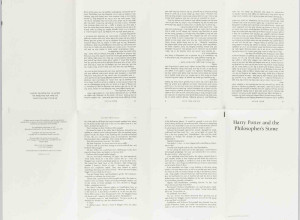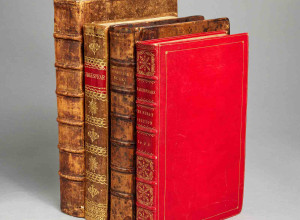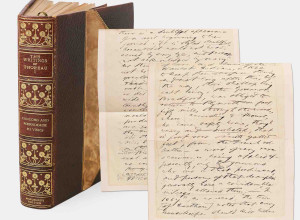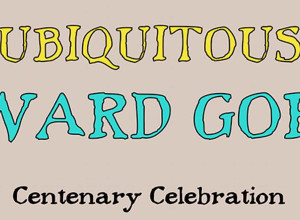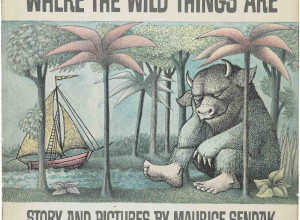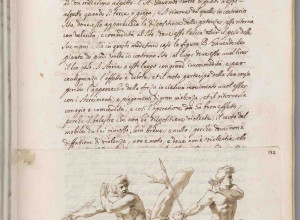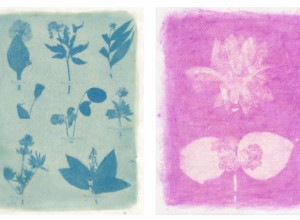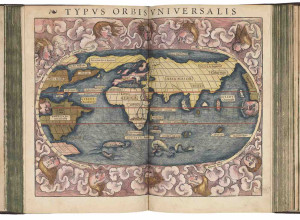Autograph Manuscript of Le Diable au corps by Raymond Radiguet to Auction
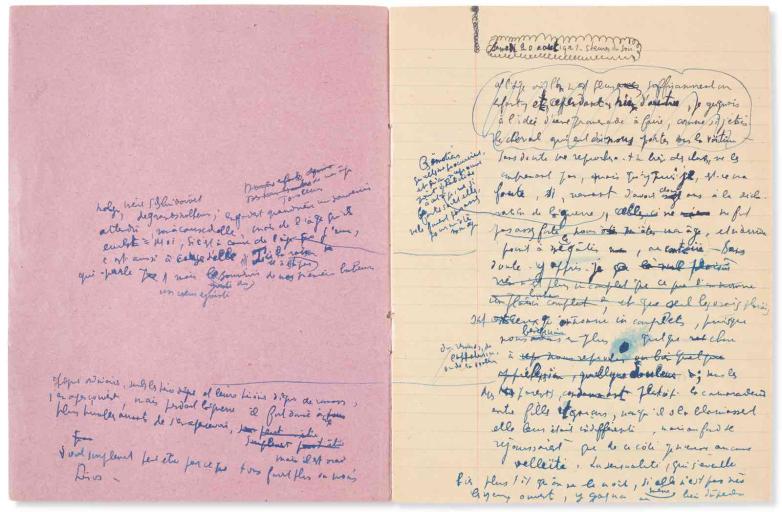
Manuscript of Le Diable au corps by Raymond Radiguet
Celebrations of the centenary of the publication of Le Diable au corps by Raymond Radiguet continue on November 22 when Christie's Rare Books and Manuscripts sale in Paris will the auction the autograph manuscript of Radiguet who died at the age of 20 of typhoid.
“This very first manuscript, written when Radiguet was barely turning eighteen, sheds light on the birth of the story, delivering the rawest version of Le Diable au corps, extensively corrected by the author and revealing the true autobiographic part of the text," said Roxane Ricros, specialist in the Rare Books and Manuscripts department at Christie's.
Le Diable au corps tells the passionate love of a high school student for a woman whose fiancé is at the front during the First World War. As soon as it was published, the book caused a scandal and enjoyed immense success. The first print sold out within a week.
The working manuscript offered for sale is particularly moving. It was written by Radugueet in school notebooks, contains numerous corrections, several passages which do not appear in the final text, as well as annotations by Jean Cocteau with whom Raymond Radiguet was having an affair.
From 1919 Radiguet took notes and wrote down some anecdotes for the novel. During the summer of 1921 he began writing the book while staying at the Chantecler hotel in Le Piquey in the company of Jean Cocteau. In a letter to Valentine Hugo Jean Cocteau indicates that "Radiguet has already written 120 pages of a novel which can, according to [him], only be compared to Confessions or La Princesse de Clèves." These 120 pages belong to the manuscript which will be put on sale on November 22 (estimate: €300,000-500,000).
This working manuscript, extensively corrected, predates the one kept at the Bibliothèque nationale de France. It is made up of 13 school notebooks - the young writer's favorite medium - filled with dense and instinctive writing. There are numerous erasures and corrections and entire passages are crossed out and rewritten so the manuscript reveals the genesis of the novel and highlights the autobiographical dimension of the text - the heroine is not yet called Marthe but Alice, just like Radiguet's mistress during the war. Likewise, in the margin notes, the use of the first person causes the author and the hero to become confused.






